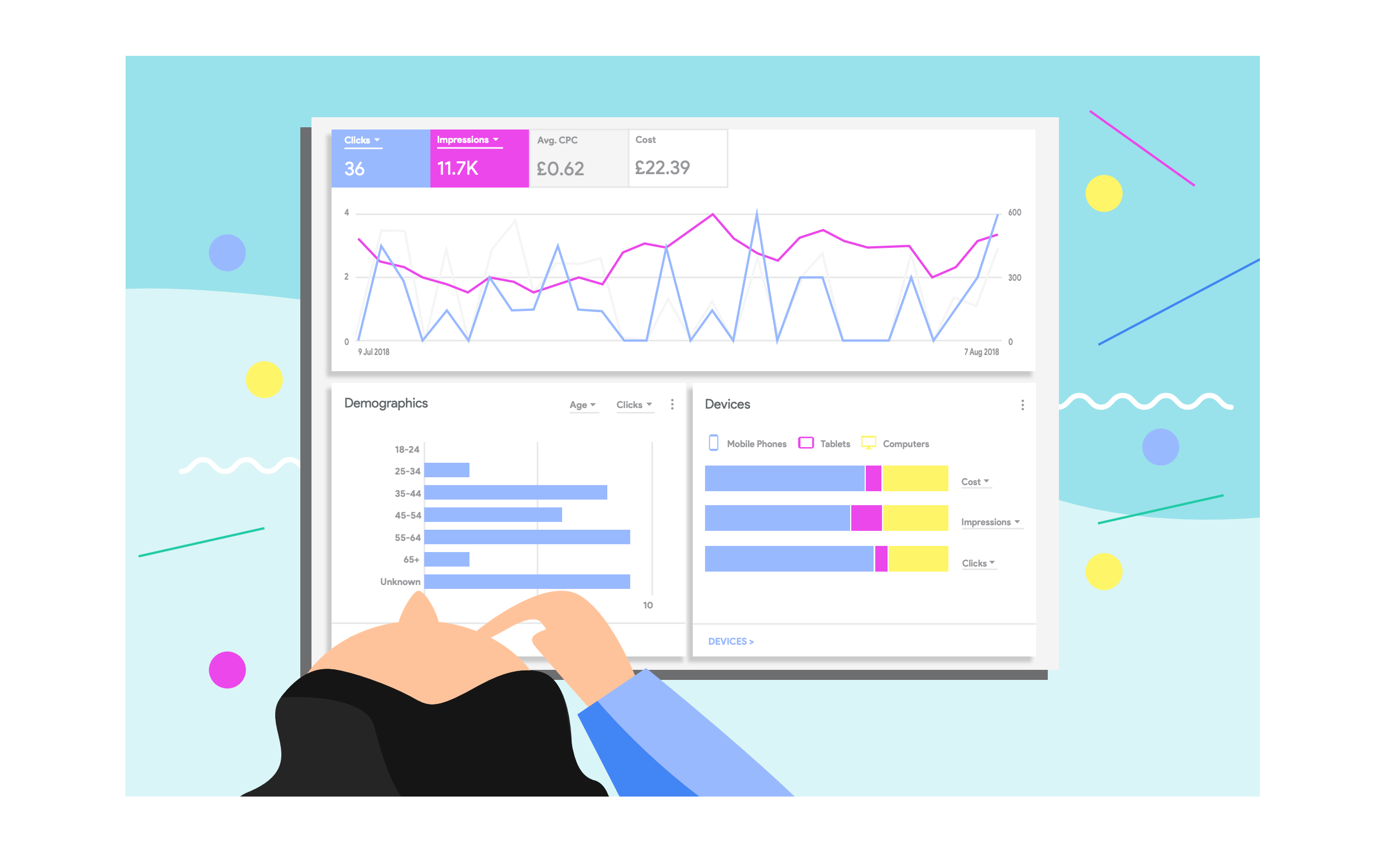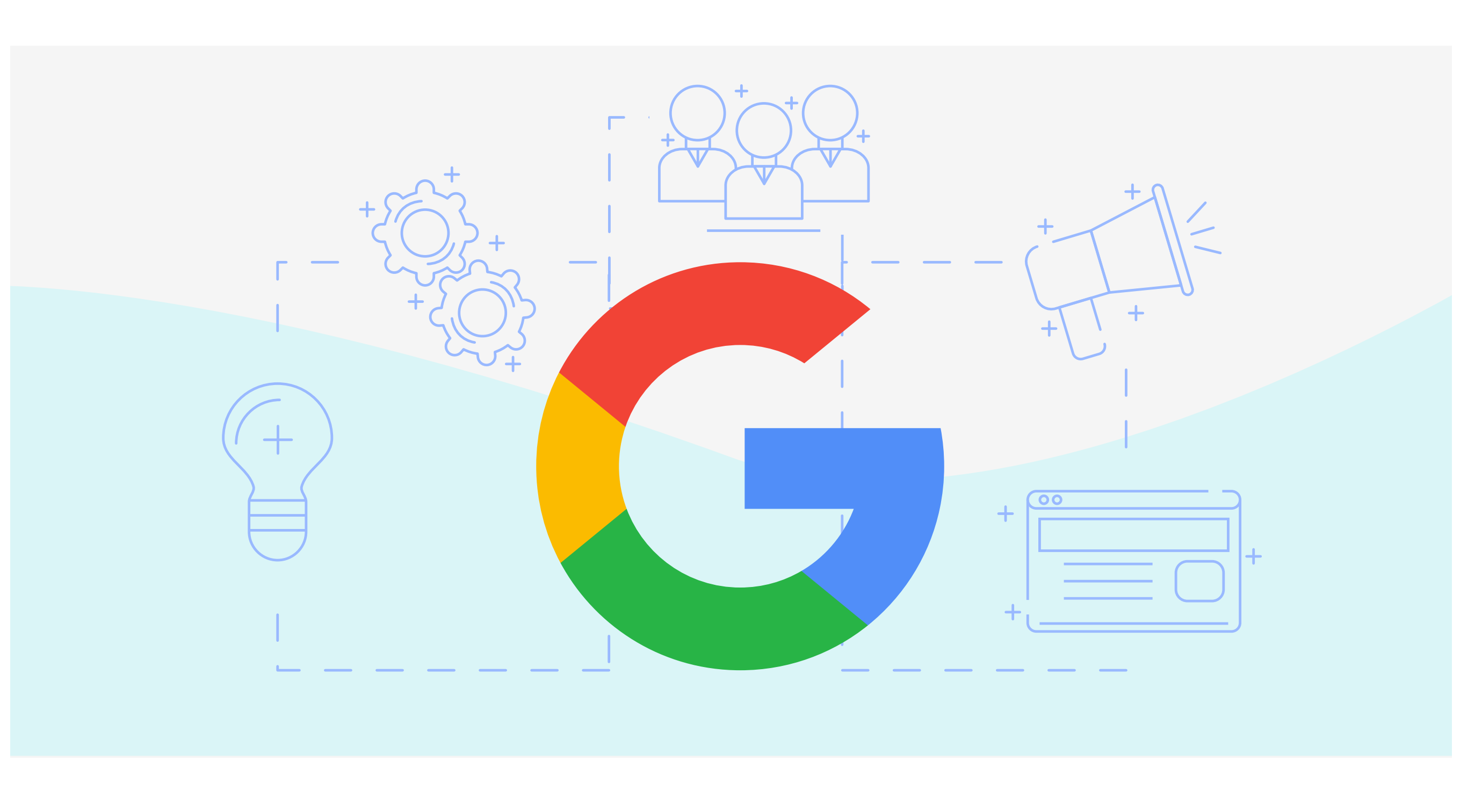What is Google Ads?
The fundamentals of Google Ads, the search network, and the display network.

Ana Maria Mares
Digital Analytics Strategist
It’s a rare group of businesses that are so integral to the fabric of society that their names become commonly-used verbs. For a time, Xerox managed it. FedEx is still used as a verb from time to time. But since the dawn of the modern web, Google has been the most obvious example.
It’s not just a powerful web platform, it’s an activity.
Of course, Google is also an extremely integral part of the recruitment landscape. Nowadays, when businesses worry about SEO (search engine optimization), they’re almost always worrying about Google in particular. When you optimize your career site or your job landing page for web searches, you’re essentially trying to keep up with Google’s efforts to deliver relevant content to its users. Given that, it’s a little strange that more recruiters don’t utilize Google Ads to attract potential job candidates.
Perhaps the problem is that recruiters find the platform daunting. This would be more than understandable, given that it is both different in kind and in some ways markedly more complex than the types of social media advertising options that many recruiters are familiar with.

The amount of research and planning that can go into a Google Ads campaign before you even start to construct your advertisement can seem overwhelming from the outside, and there is no automatic guarantee of a positive ROI.
On the other hand, maybe recruiters simply don’t realize that Google Ads is an option or think of it as a platform better suited to traditional sales and marketing than recruitment marketing.
Over the course of the next 10 or so pages, we hope to dispel this myth and the myth above by providing a thorough breakdown of what Google Ads is, how it works, and how it can be used in a recruitment marketing context.
You’ll gain insight into the different methods that can be leveraged for attracting passive and active job candidates, and we’ll walk you through some of the nuances of targeting your ads to your employee personas and tracking your impressions, clicks, and applications.

For many or most of you, Google is already an indispensable tool in your daily job duties, with the power to connect you to the knowledge, information, and resources that you need for continued success.
In this eBook, we’ll show you how to turn that power on its head, helping to ensure that potential job applicants are connecting with you, your company, and your employer brand.
In this way, you’ll be able to expand your footprint beyond social media and into other parts of the web, where you can express your brand narrative in bold new terms.
For some of you, this will be unfamiliar territory, but that should only make it more exciting!
What is Google Ads?

Okay, let’s start with the basics. What is Google Ads? Essentially, Ads is Google’s advertising platform, through which businesses can place two distinct types of ads. Actually, it’s three if you count YouTube ads, which are run through Google’s system, but we’ll leave those alone for now.
The first type, for our purposes, is sponsored posts within Google search results. If you’ve ever performed a Google search (and we know you have!), you’ve probably seen these sponsored results at the top and bottom of the list.
Except for the “Sponsored” icon that appears alongside them, they look like normal posts, featuring a headline, a URL, and a link description that gives users a sense of what they can expect if they click.
Given all the talk about maximizing SEO out there, the value of appearing in a Google search should be basically self-evident from a business perspective. It increases the likelihood that users will find your site, utilize whatever resources you provide, and engage with your brand in a meaningful way. With any luck, this will result in more people buying your products or (more relevantly for us) entering your recruitment funnel. Most businesses try to accomplish this through SEO best-practices, but Google Ads’ search ads offer you a chance to “skip the line,” so to speak.
The second option available to Google Ads users is the Google Display Network (GDN). This refers to all of the sites across the web that manage their advertising through Google, most of which will feature a rotation of banner ads placed by advertisers like yourself. These, too, you’ve no doubt seen as you’ve browsed your favorite websites.

Unlike search ads, GDN offers you the opportunity to utilize images as well as text, meaning that you can show off your employer brand in a unique, dynamic way that catches the attention of your future applicants.
While the process of targeting, budgeting, and tracking is fundamentally similar to what it is in search ads, the differences in format mean that these display ads require a wholly distinct mindset and approach.
Because these two options are so different, we’ll be covering the ins and outs of each one in separate sections below. In this way, you should be able to gain a holistic overview of the options that this platform affords to recruitment marketers.